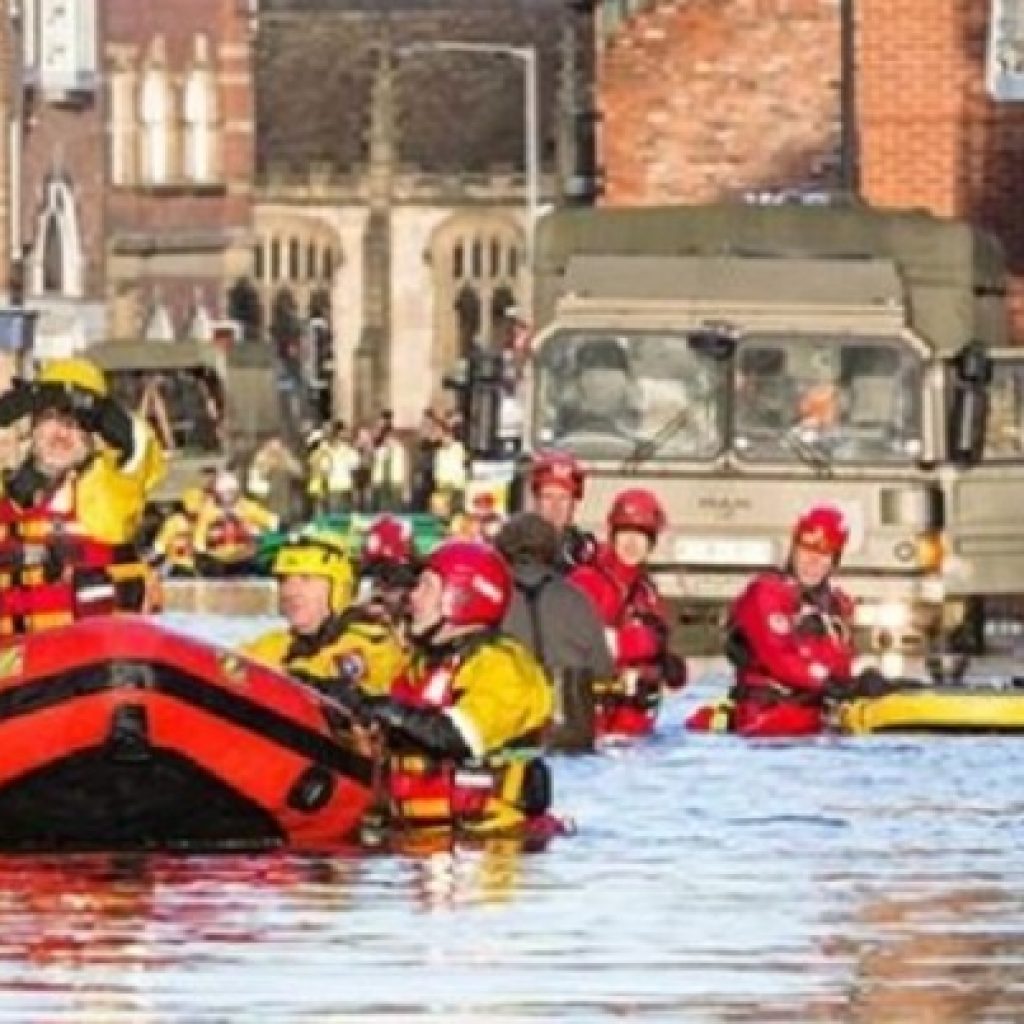Many of us have noticed the unusually wet and warm winter we are currently facing in the UK, but what are the causes of this strange phenomenon? It’s not just the UK that’s facing irregular weather patterns. Severe flooding has been observed in parts of South America, with devastating storms in Northern America and droughts across parts of India and Africa. Many scientists believe these patterns are at least partially linked with a weather cycle called El Niño.
El Niño is a climate pattern that describes the unusual warming of surface waters in the eastern Pacific Ocean1. In normal circumstances, warm tropical water in the western Pacific Ocean circulates around Indonesia and the Philippines, aided by the trade winds blowing towards the equator. However, during El Niño, the trade winds die and warm water shifts along the equator towards the east coast of South America2.
El Niño events occur irregularly at two to seven year intervals1 and have been linked to increased global temperatures and disruptions to global weather patterns. Forecasters at the National Oceanic and Atmospheric Administration (NOAA) have suggested that this is the strongest El Niño in 18 years3.
Across the UK, extreme weather conditions have set new records. Unseasonably warm temperatures have caused parts of the country to experience their highest ever night-time temperatures for December. In Chivenor, Devon, the overnight temperatures fell to just 14.2°C, beating the previous highest night-time temperature for December of 12.9°C, recorded in 19984. Elsewhere, there have been reports of the lack of snow at several European ski resorts in particular in the French Alps. Average temperatures on Christmas Day in France were the second highest on record, ranging between 10°C and 19°C5, just below those of 19976. This shows a strong correlation between two of the highest El Niño events in recent history and their apparent effects on weather patterns.
El Niño has also been linked to storms that have brought flooding to parts of the UK6. Storms Desmond and Eva both struck in December 2015, bringing gale force winds and devastating floods to regions in the north east. Reports of more than a month’s rain were recorded across parts of the country, resulting in around 16,000 flooded properties in England alone7. In Yorkshire, the Rivers Aire and Wharfe were up to a metre higher than previous records7 creating millions of pounds worth of damage.
(main image: Flood rescue by the British Army and the Mountain Rescue, York, December 2015)
References
1. National Geographic (2015). El Nino. http://education.nationalgeographic.org/encyclopedia/el-nino/
2. Oskin, B (2015). What is El Nino? Livescience. http://www.livescience.com/3650-el-nino.html
3. NOAA (2015). Strong El Nino sets the stage for 2015-2016 winter weather. http://www.noaanews.noaa.gov/stories2015/101515-noaa-strong-el-nino-sets-the-stage-for-2015-2016-winter-weather.html
4. Walton, G (2015). Record breaking mild December could trigger Christmas travel chaos, weather, the Telegraph. http://www.telegraph.co.uk/news/weather/12057600/UK-weather-Christmas-storms-to-disrupt-travel-for-millions-live.html
5. Skymet (2015). France Weather: Light rain expected on Christmas Day. http://www.skymetweather.com/content/global-news/mild-weather-few-showers-to-linger-on-christmas-in-france/
6. BBC News (2015). El Nino weather ‘could be as bad as 1998’, says Nasa. http://www.bbc.co.uk/news/world-35197887
7. BBC News (2016). Storms Desmond and Eva flooded 16,000 homes in England. http://www.bbc.co.uk/news/uk-35235502
8. McGrath, M (2015). El Nino weather: Worries grow over humanitarian impact, science and environment, BBC News. http://www.bbc.co.uk/news/science-environment-35159826
This article was submitted to be published by Groundsure as part of their advertising agreement with Today’s Conveyancer. The views expressed in this article are those of the submitter and not those of Today’s Conveyancer.




















